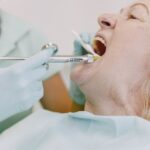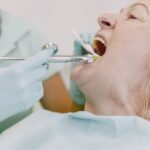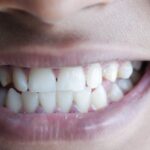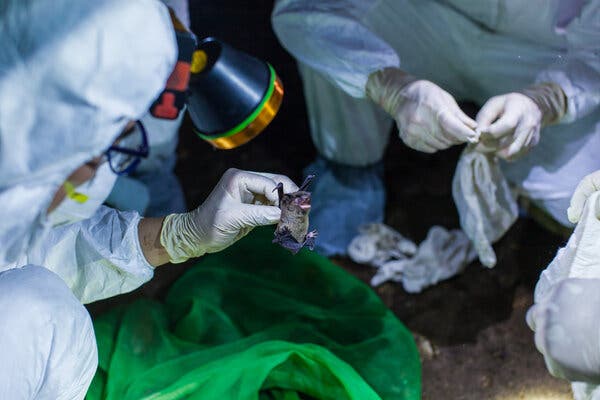If you’re a parent who has recently discovered that your child has scoliosis, you may be feeling overwhelmed and concerned about the treatment options available. The good news is that surgery or bracing isn’t always necessary to treat scoliosis in children. In this comprehensive blog post, we will delve into the world of non-invasive scoliosis treatment options. From recent developments in non-surgical treatments to practical tips for parents, we will cover it all. You’ll learn about lifestyle changes, exercises and stretches, chiropractic care, and even the Schroth Method. With this information at your fingertips, you’ll be equipped to make informed decisions to help manage your child’s scoliosis and improve their overall health and well-being.
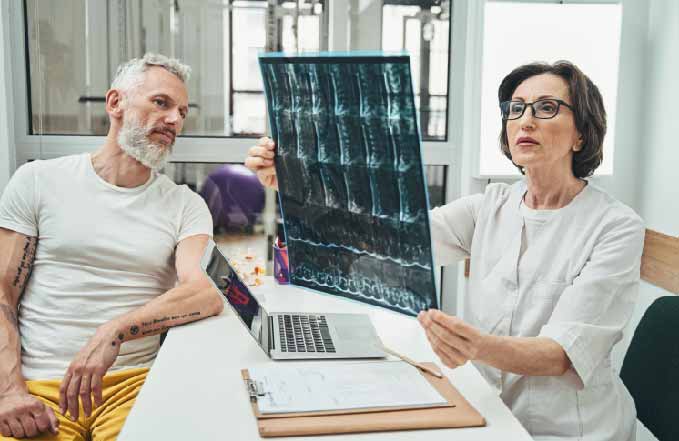
Understanding Scoliosis
The condition characterized by an abnormal curvature of the spine, often seen in children with adolescent idiopathic scoliosis. This curvature can affect their overall health and well-being. Non-bracing treatment options such as physical therapy and exercise play a crucial role in managing scoliosis. Early detection and regular monitoring are essential to prevent the progression of the curve. Alternative treatments like Scoliosis Boot Camp and the ScoliSMART Activity Suit offer additional options for patients. Nutrition and lifestyle factors also contribute to the management of the underlying condition causing the spinal curvature. Understanding these aspects is key to effectively addressing scoliosis in children.
Defining Scoliosis and Its Impact on Children’s Health
Scoliosis is a condition marked by an abnormal curvature of the spine, often diagnosed in adolescents during growth spurts. While the exact cause is unknown, genetic and muscle imbalances may play a role. This condition can lead to physical discomfort, reduced mobility, and a negative impact on self-esteem. Although bracing and surgery are common treatment options for severe cases, alternative approaches like exercises, physical therapy, chiropractic care, and other complementary therapies can help manage symptoms and improve overall spinal health.
Common Symptoms of Spine Curves in Children
Children with scoliosis may exhibit common symptoms such as uneven shoulders, waist asymmetry, and leaning to one side. These signs indicate the presence of scoliosis symptoms, an abnormal curvature in their spine, which often appears as an “S” or “C” shape. It’s important to note that non-bracing and non-surgical approaches can also be effective in managing cases. Exercise-based programs like ScoliSMART Boot Camp or Pilates have shown promising results. Regular monitoring and early intervention play a crucial role in preventing further progression of the curvature.
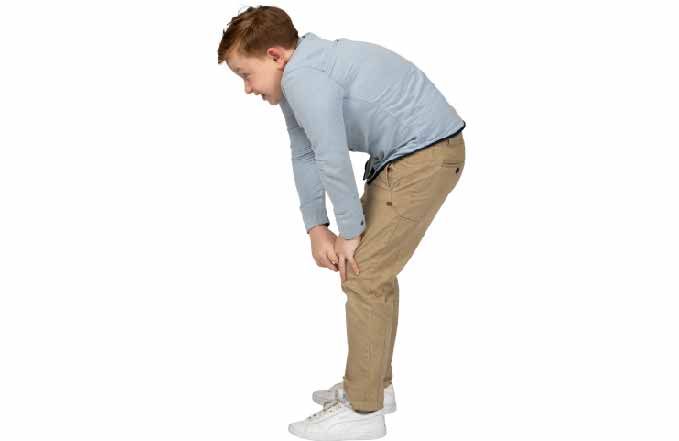
Causes and Potential Risk Factors for Spinal Curvatures
Scoliosis can have several potential causes, including genetic factors and certain medical conditions. Risk factors for developing scoliosis include family history, age (typically diagnosed during adolescence), and gender (females are more likely to develop a curvature). While bracing and surgery are common treatment options, they are not always necessary. Non-surgical treatments may include chiropractic care, Scoliosis Boot Camp programs, and postural training. It’s important to consult with a ScoliSMART specialist to determine the most appropriate treatment plan for individual patients.
Can Scoliosis be Cured without Surgery or Bracing?
Is it possible to treat spinal curvatures without resorting to surgery or bracing? While there is no known cure for the condition, non-surgical treatment options can help manage the condition. Physical therapy and exercises can improve posture and strengthen muscles to reduce the progression of the curve. Alternative therapies such as chiropractic care and acupuncture may provide some relief from symptoms. Regular monitoring by a healthcare professional is essential to track the progression and determine the most appropriate treatment plan.
Recent Developments in Non-Surgical Scoliosis Treatment
In recent years, there have been significant advancements in non-surgical treatments. Physical therapy and exercise, including a thorough physical exam, can play a crucial role in improving posture and strengthening the muscles that support the spine. The Schroth method, a specialized physical therapy technique, focuses on elongating the spine and correcting imbalances. Chiropractic care has also shown promise in managing cases by improving spinal alignment. Additionally, wearing a ScoliSMART Activity Suit for just a few hours a day can provide another non-surgical option for spinal curve treatment. It is important to consult with a ScoliSMART doctor who specializes in scoliosis treatment, including physical exam, to determine the most appropriate approach.
Genetic Testing for Idiopathic Scoliosis
Genetic testing can play a crucial role in diagnosing adolescent idiopathic scoliosis, a common form of scoliosis, and determining the most effective treatment options. This type of scoliosis has a genetic component that can be identified through testing for specific gene mutations. By pinpointing these mutations, doctors can tailor treatment plans to address the unique needs of each patient, including lifestyle modifications, dietary changes, and scoliosis-specific supplements. Early intervention through genetic testing can help prevent the need for surgery in many cases, improving patients’ quality of life.
Scoliosis Boot Camp
Scoliosis Boot Camp is a non-surgical and non-bracing treatment program for scoliosis cases. It focuses on exercises and stretches that improve posture, strengthen core muscles, and promote spinal alignment. Each individual’s specific curvature is considered, and the program is supervised by a ScoliSMART doctor. Scoliosis Boot Camp also includes education on lifestyle modifications to prevent further progression. While not a cure, it can reduce pain, diminish the curve, and halt the progression of the curvature.
Online consultation scheduling is available!
Now it’s even easier to connect with ScoliSMART. Schedule your no-cost, no-obligation phone or Zoom consultation online with a ScoliSMART physician. Visit the ScoliSMART BootCamp page and click the “Schedule Online” button at the top of the page. Then select the best date and time to connect with a scoliosis specialist. Schedule your consultation right here!
ScoliSMART Activity Suit (SAS)
The ScoliSMART Activity Suit is a non-surgical and non-bracing treatment option for scoliosis without complications. It focuses on improving posture and spinal and rib cage alignment using the body’s natural walking or running motion. The suit gently applies pressure to guide the spine into a more balanced position. By addressing underlying causes such as muscle imbalances and neurological dysfunctions, the SAS offers a non-invasive treatment approach for children, adolescents, and adults with mild to moderate curves. The ScoliSMART Activity Suit provides an alternative to traditional back brace or surgery, allowing individuals to explore natural treatment options.
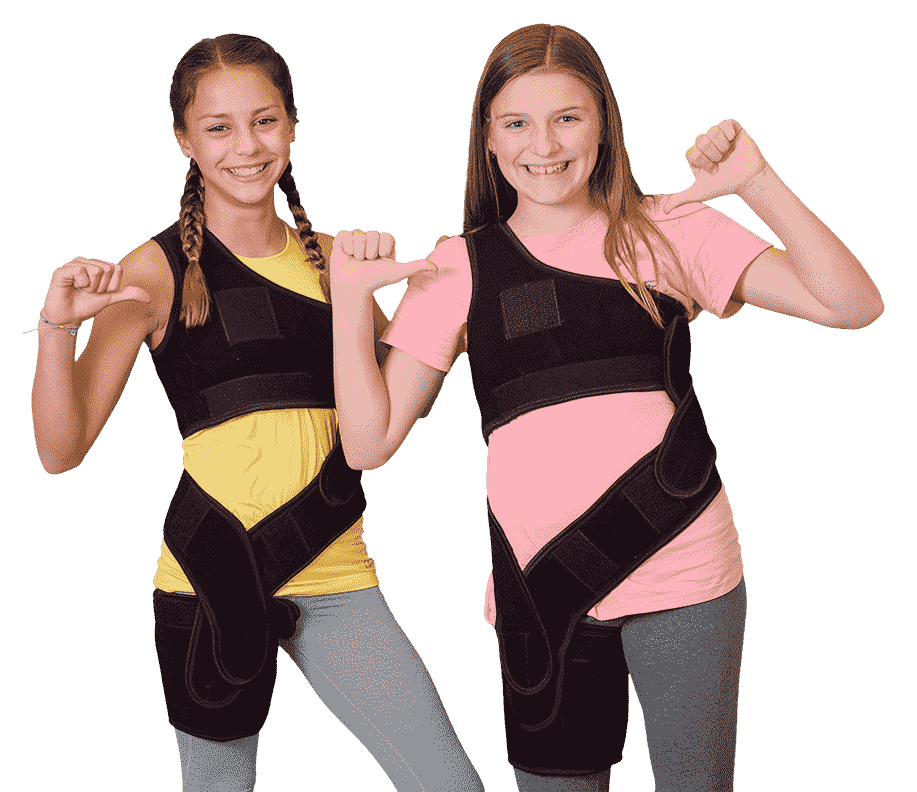
Is it Possible to Prevent Scoliosis from Worsening?
Preventing the condition from worsening entirely may not be possible, but there are measures to slow down its progression. Regular exercise and physical therapy can strengthen supporting muscles and improve posture. Regular check-ups with an x-ray are essential for tracking progress and adjusting treatment plans.
Lifestyle Changes for Scoliosis Management
Making lifestyle changes can be an effective way to manage the condition without relying solely on medical interventions. Physical therapy and exercise help improve posture and reduce back pain while strengthening the muscles supporting the spine. Maintaining a healthy weight reduces stress on the spine and prevents further curvature. Practicing good posture habits, using supportive devices, and exploring alternative treatments like chiropractic care or acupuncture can also be beneficial in managing patients. By incorporating these lifestyle changes, patients can improve their quality of life and prevent the curve progression in older adults.
Maintaining a Healthy Diet and Weight
Maintaining a healthy diet and weight is crucial in preventing the worsening of the curvature. A balanced diet that includes essential nutrients like calcium and vitamin D promotes bone health and prevents the degeneration of the spinal curvature. Regular exercise and physical activity are also important as they strengthen the muscles supporting the spine and improve overall posture. It is advisable to avoid activities that exert excessive strain on the spine, such as heavy lifting or high-impact sports, to reduce the risk of aggravating the condition. Consultation with a healthcare professional is essential for personalized guidance on managing patients without bracing or surgery.
Genetic testing and nutrient therapies
Genetic testing plays a crucial role in identifying specific genetic variations related to adolescent idiopathic scoliosis, enabling personalized treatment plans for this type of scoliosis. This testing, which involves a simple saliva collection at home, is readily available worldwide. Nutrient therapies, such as vitamin D supplementation, have shown promising results in reducing the progression of the curvature. Regular monitoring and early intervention are key factors in effectively managing spine curves without the need for bracing or spinal fusion with metal rods.
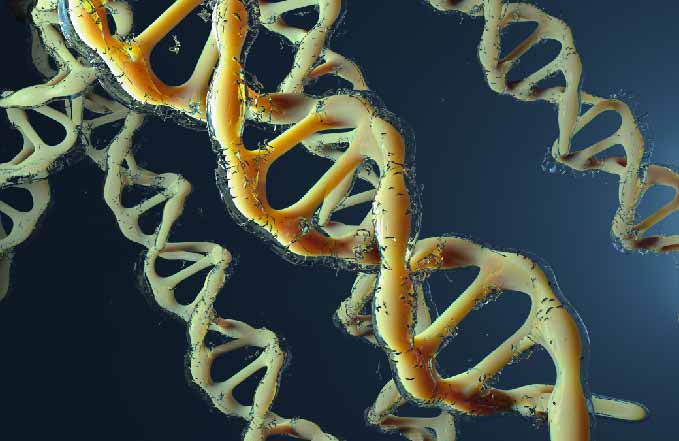
Other Non-Invasive Scoliosis Treatment Options
When it comes to treating spinal curvatures without bracing or surgery, there are various non-invasive options to consider. Physical therapy is one such option, involving exercises and stretches that can improve posture and strengthen muscles. Chiropractic care utilizes manipulation techniques to realign the spine and relieve pain. Yoga or Pilates offer gentle movements and stretches to improve flexibility and spinal alignment. Electrical stimulation uses electric currents to stimulate muscles and reduce pain. Spinal manipulation techniques manually adjust the spine through traction or mobilization. These approached my not be appropriate for cases of scoliosis that involve cerebral palsy, muscular dystrophy, spinal cord pathology, vertebrae deformity, arthritis, or severe scoliosis in the lumbar spine (degenerative scoliosis).
Chiropractic Care
Chiropractic treatment can be a highly effective non-invasive treatment option for symptoms like lower back pain related to the condition. Through manual manipulation techniques, chiropractors are able to improve joint function and mobility. These adjustments not only help to relieve pain but also improve overall mobility. In addition to adjustments, chiropractors may recommend specific exercises and stretches to strengthen the muscles supporting the spine. It is crucial to consult with a ScoliSMART chiropractor who specializes in treating the condition to ensure the best possible treatment and monitoring.
Is Yoga Beneficial?
Yoga can be beneficial for patients, as certain poses can improve posture and strengthen core muscles. It’s important to consult a healthcare professional or certified yoga instructor experienced in scoliosis before starting yoga practice. Yoga should complement other treatment options.
Detailed Guide to Scoliosis Exercises and Stretches
Early detection and diagnosis are crucial in treating curvature of the spine. For those who want to explore non-surgical treatment options, exercises and stretches can be effective in managing symptoms. Physical therapy plays a significant role in improving posture and spinal alignment. Specific exercises and stretches are recommended for patients. Regular exercise and maintaining a healthy lifestyle can greatly contribute to managing symptoms and improving quality of life.
Importance of Exercise in Scoliosis Management
Regular exercise plays a crucial role in managing the condition. It helps strengthen the muscles surrounding the spine and improves posture, leading to pain relief and preventing further progression of the condition. Stretching exercises are particularly beneficial for increasing flexibility and reducing muscle tightness, which improves spinal alignment. Some recommended exercises for scoliosis include side planks, pelvic tilts, leg raises, and cat-camel stretches. However, it’s essential to consult with a healthcare professional or physical therapist before starting any exercise program to ensure the exercises are suitable for your specific condition.
Recommended Stretches for Scoliosis
Stretching exercises can improve flexibility and mobility of the spine. Recommended stretches for scoliosis include the cat-camel stretch, side bend stretch, and seated twist stretch. These stretches help alleviate muscle imbalances and improve posture. Consult with a healthcare professional or physical therapist before starting any exercise program. In addition to stretching exercises, other treatment options may include physical therapy, bracing, or spinal surgery by an MD.
Top 5 Scoliosis-Friendly Exercises
Regular exercise and stretching can play a crucial role in improving posture and reducing pain associated spinal curvatures. One effective exercise is the Cat-Camel exercise, which strengthens core muscles and enhances spinal flexibility. Another beneficial exercise is the Side Plank, targeting the muscles on the side of the body to stabilize the spine. The Cobra Pose stretches the back muscles and promotes spinal extension, while the Seated Forward Bend relieves tension in the spine by stretching the hamstrings and lower back. These exercises can be valuable additions to a management routine.

Dive into Schroth Method
The Schroth Method is a non-surgical approach to treating spine curves that focuses on correcting spinal curvature and improving posture. Unlike bracing and surgery, the Schroth Method uses specific exercises and principles to strengthen and elongate the spine. Many adult patients have experienced positive results with the Schroth Method, reporting improved mobility, reduced pain, and better quality of life. It is important to find a qualified practitioner or clinic offering the Schroth Method for proper guidance and support in implementing this treatment option.
What is the Schroth Method?
The Schroth Method is a conservative treatment approach for scoliosis. It involves specific exercises and postural corrections to improve spinal alignment, elongate the spine, and promote muscular balance. This method can be beneficial for adults with scoliosis.
How Schroth Method Works
The Schroth method is a non-surgical and non-bracing treatment option for adult’s with the condition. It involves specific exercises and stretches that are tailored to each individual’s unique curvature. These exercises are designed to improve posture and spinal alignment. Trained physical therapists teach the exercises, which aim to strengthen the muscles surrounding the spine and promote better alignment. The goal of the Schroth method is to reduce pain and slow down the progression of the curve. It is an effective treatment approach for adults with curved spines.
Efficacy of Schroth Method
The Schroth Method is a conservative treatment option for adult scoliosis, focusing on specific exercises and stretches to improve posture and spinal alignment. Research has shown that this method can enhance the quality of life for adult patients. Tailored to each individual’s unique curve pattern, the Schroth exercises can be done at home or with the guidance of a trained therapist
Conclusion
In conclusion, this is a condition that can be treated without resorting to spinal fusion surgery or bracing. With recent developments in non-surgical treatment options and advancements in technology, there are now effective methods available for managing curvatures in children. From genetic testing to specialized activity suits and exercises like the Schroth method, there are various approaches to consider. It’s important for parents to be proactive in their child’s case management by encouraging good posture, making lifestyle changes, and providing emotional support. If you’re looking for more information on non-invasive treatment options, including detailed exercises and stretches, download our comprehensive guide now.
The post How to Fix Scoliosis Naturally: Natural Treatment Options appeared first on Treating Scoliosis.
This content was originally published here.



